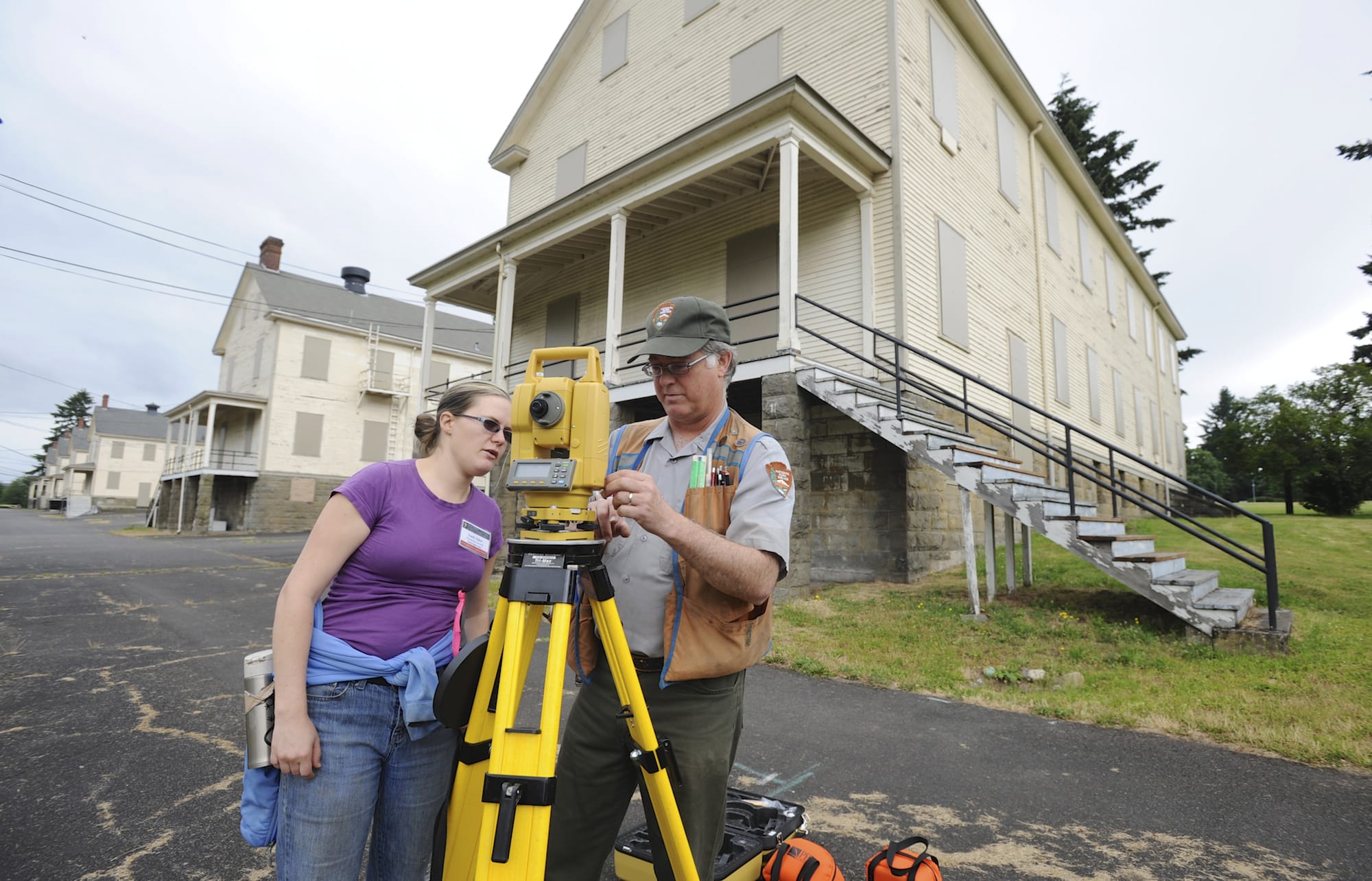Kids Digs
Three Saturday programs will introduce children 8 through 12 to the world of archaeology. With the help of park staff and volunteers, they will learn about the past through artifacts they uncover.
Each session is limited to 20 children. Spots can be reserved at the reconstructed fort on the day of the program.
o 10:30 a.m. to 2 p.m. June 28.
o 10:30 a.m. to 2 p.m. July 12.
o 10:30 a.m. to 2 p.m. July 26.
Click here to learn more.
Archaeology speakers
Five Thursday programs at 7 p.m., free to the public, will be in the Tex Rankin Theater at Pearson Air Museum, 1115 E. Fifth St.:
o June 26, Jean Barman: "Rediscovering the diverse history of Fort Vancouver: French Canadians and native Hawaiians."
o July 10, Robert Cromwell: "Comparing the fur trade ceramics of Chinookan and early-19th century fur trade sites along the Columbia River."
o July 17, Megan Lickliter-Mundon: "Current trends in aviation archaeology: What's going on in the field and where is it taking us?"
o July 24,Gerald W. Williams: "World War I in the Pacific Northwest," with the history of the WW I spruce mill at Vancouver Barracks.
Also, 5:30 p.m. family-friendly activities to note the 100th anniversary of the start of World War I, with tours, living history interpreters, refreshments and period music from the Vancouver Community Concert Band.
o July 31, Beth Horton: "The rules of good breeding must be punctiliously observed: Military families at mid-19th century Fort Vancouver."
Click here.
Museum open house
Tours of the curation facility provide up-close looks at artifacts that came from archaeological excavations or were donated by community members.
Tours are limited to 15 people. (Children 10 and older are welcome.) To register, contact museum technician Meagan Huff at 360-816-6255 or at Meagan_Huff@nps.gov. Register for remaining spots on each tour at the ranger station inside the fort on the day of the event.
o 11 a.m. and 2 p.m. Saturday, July 12: "Spruce Mill Soldiers."
o 11 a.m. and 2 p.m. Saturday, Aug. 9: "Vancouver Barracks at the Turn of the Century."
Click here to learn more.




